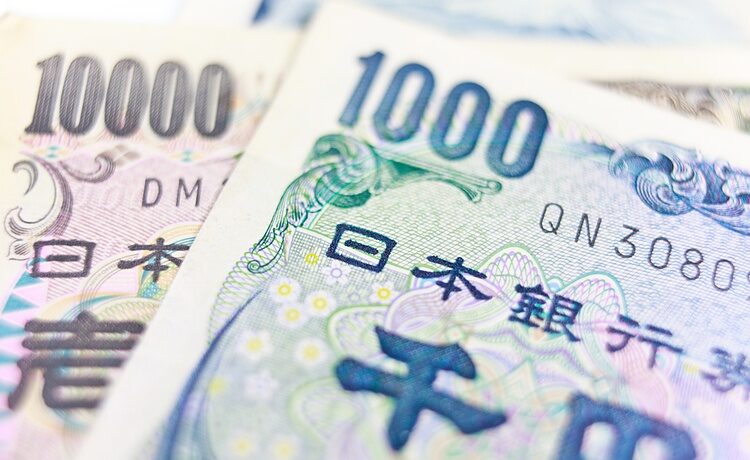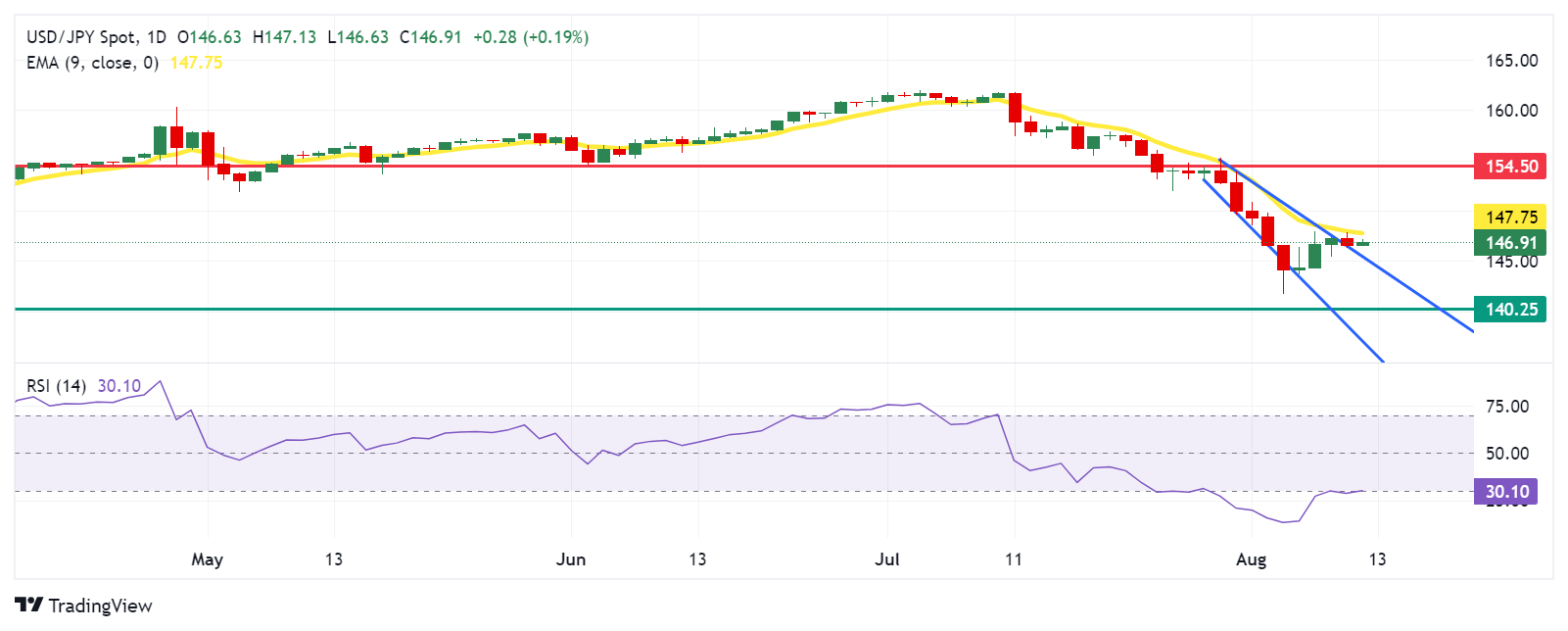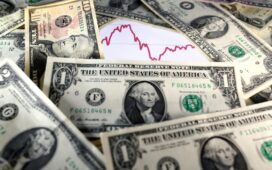- The Japanese Yen declines due to low trading as traders observe the Mountain Day holiday in Japan.
- The US Dollar receives support due to diminished odds of Fed rate cuts following last week’s upbeat US data.
- Safe-haven flows may limit the downside of the JPY amid increased geopolitical tensions.
The Japanese Yen (JPY) retraces its recent gains against the US Dollar (USD), with trading volumes likely to be low due to the Japanese markets being closed for Mountain Day. Support for the USD/JPY pair comes from stronger-than-expected US economic data released last week, leading traders to reduce their expectations for interest rate cuts by the US Federal Reserve.
On Sunday, Federal Reserve Governor Michelle Bowman stated that she continues to see upside risks for inflation and ongoing strength in the labor market. Bowman suggested that the Federal Reserve may not be prepared to cut rates at its next meeting in September, according to Bloomberg.
The CME FedWatch Tool indicates a 46.5% chance of a 50-basis point rate cut by the Fed at the September meeting, a significant decrease from the 74.0% probability reported a week ago.
Last week, Japan’s monetary policy outlook showed that Bank of Japan’s (BoJ) officials have indicated a readiness to raise rates further, although they have become more cautious due to increased market volatility. Meanwhile, Japan’s Finance Minister Shunichi Suzuki emphasized that monetary policy decisions fall under the purview of the Bank of Japan, while they continue to monitor market developments closely, as reported by Reuters.
Daily Digest Market Movers: Japanese Yen declines due to reduced odds of Fed rate cuts
- The Japanese Yen may receive support from safe-haven flows amid increased geopolitical tensions in the Middle East. ABC News reported that the Israel Defense Forces (IDF) intercepted around 30 “projectiles” crossing from Lebanon into northern Israel early Monday. The IDF stated that some projectiles landed in open areas, and no injuries were reported.
- A Julius Baer analyst believes there is no need for the Bank of Japan to significantly raise interest rates beyond current levels. Once market conditions stabilize, the approximately 500-basis point interest rate differential between the JPY and USD is expected to become the main factor. The analyst does not foresee the Yen appreciating further.
- Bloomberg reported that JP Morgan Asset Management (JPAM) believes the Bank of Japan is unlikely to raise interest rates in the near term. According to JPAM, the BoJ may only consider further rate hikes if the Federal Reserve cuts rates and the US economy stabilizes. They anticipate that any additional tightening by the BoJ is more likely to occur in 2025, provided the global economic environment remains stable.
- On Thursday, Kansas City Fed President Jeffrey Schmid stated that reducing monetary policy could be “appropriate” if inflation remains low. Schmid noted that the current Fed policy is “not that restrictive” and that while the Fed is close to its 2% inflation goal, it has not yet fully achieved it, per Reuters.
- US Initial Jobless Claims dropped to 233,000 for the week ending August 2, coming in under the market expectation of 240,000. This decline follows an upwardly revised figure of 250,000 for the previous week, which was the highest in a year.
- The Bank of Japan’s Summary of Opinions from the Monetary Policy Meeting on July 30 and 31 showed that several members believe economic activity and prices are progressing as anticipated by the BoJ. The members are targeting a neutral rate of “at least around 1%” as a medium-term goal.
- On Wednesday, BoJ Deputy Governor Shinichi Uchida also noted that BoJ’s interest rate strategy will adapt if market volatility alters economic forecasts, risk assessments, or projections. Given recent market volatility, he emphasized the need for careful monitoring of the economic and price impacts of their policies, stating, “We must maintain the current degree of monetary easing for the time being.”
- The minutes from the Bank of Japan’s June meeting showed that some members expressed concerns about rising import prices due to the recent decline in the JPY, which could pose an upside risk to inflation. One member noted that cost-push inflation might intensify underlying inflation if it results in higher inflation expectations and wage increases.
Technical Analysis: USD/JPY rises to near 147.00
USD/JPY trades around 147.00 on Monday. The daily chart analysis shows that the pair is positioned above the descending channel, suggesting a weakening of a bearish bias. Moreover, the 14-day Relative Strength Index (RSI) is at the 30 level. If the RSI moves toward 50, it could signal a potential improvement in the pair’s momentum.
For support levels, the USD/JPY pair may test the upper boundary around the 145.50 level. If it breaks below this level, the pair could face downward pressure, potentially pushing it toward throwback support at 140.25, and further down to the lower boundary of the descending channel near 137.00.
On the upside, the USD/JPY pair could test the immediate barrier at the nine-day Exponential Moving Average (EMA) around the 147.75 level. A breakout above this level could diminish bearish momentum and allow the pair to approach the “throwback support turned resistance” at 154.50.
USD/JPY: Daily Chart
Japanese Yen PRICE Today
The table below shows the percentage change of Japanese Yen (JPY) against listed major currencies today. Japanese Yen was the weakest against the Australian Dollar.
| USD | EUR | GBP | JPY | CAD | AUD | NZD | CHF | |
|---|---|---|---|---|---|---|---|---|
| USD | 0.02% | 0.03% | 0.32% | 0.00% | -0.13% | -0.13% | 0.12% | |
| EUR | -0.02% | 0.04% | 0.27% | -0.02% | -0.28% | -0.15% | 0.12% | |
| GBP | -0.03% | -0.04% | 0.51% | -0.05% | -0.32% | -0.20% | 0.09% | |
| JPY | -0.32% | -0.27% | -0.51% | -0.30% | -0.52% | -0.45% | -0.22% | |
| CAD | -0.01% | 0.02% | 0.05% | 0.30% | -0.20% | -0.14% | 0.15% | |
| AUD | 0.13% | 0.28% | 0.32% | 0.52% | 0.20% | 0.12% | 0.40% | |
| NZD | 0.13% | 0.15% | 0.20% | 0.45% | 0.14% | -0.12% | 0.28% | |
| CHF | -0.12% | -0.12% | -0.09% | 0.22% | -0.15% | -0.40% | -0.28% |
The heat map shows percentage changes of major currencies against each other. The base currency is picked from the left column, while the quote currency is picked from the top row. For example, if you pick the Japanese Yen from the left column and move along the horizontal line to the US Dollar, the percentage change displayed in the box will represent JPY (base)/USD (quote).






